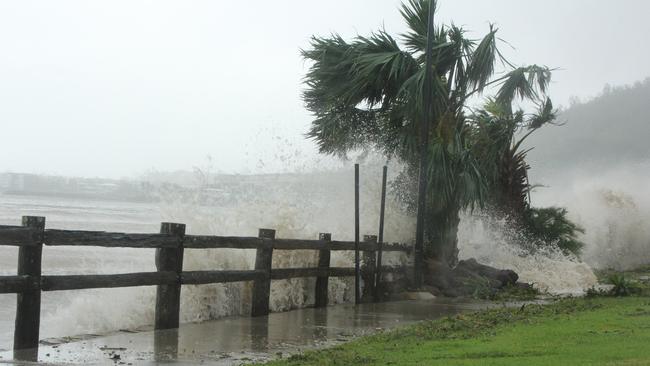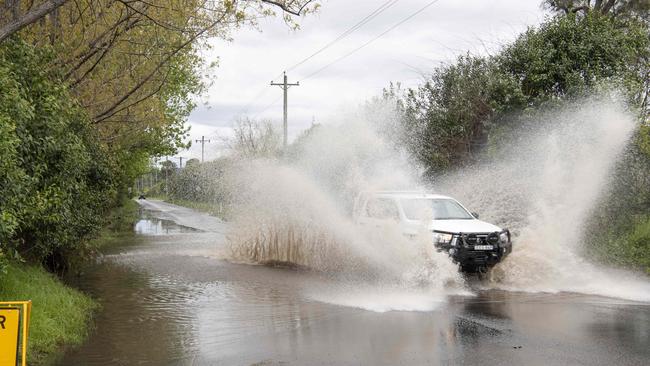Above-average number of tropical cyclones forecast in Australia
A grim outlook has been released of what Australians can expect over the next six months, with dangerous cyclones on the way.
QLD weather news
Don't miss out on the headlines from QLD weather news. Followed categories will be added to My News.
Australians have been given a grim forecast of what to expect over the next six months as the country moves into its severe weather season.
The Bureau of Meteorology released its severe weather long-range forecast on Monday that warned of an increased risk of an above-average number of tropical cyclones.
“This season we have a greater than 70 per cent chance of at least 11 tropical cyclones, which is the long-term average impacting the Australian region,” it said in a statement.
“Communities are urged to prepare now as there is an increased chance that the first tropical cyclone in the Australian region is likely to be earlier in the season.
“This reflects the impact of current climate influences including La Nina and a negative Indian Ocean Dipole.

“Despite fewer tropical cyclones in recent years, Australia has never had a season without at least one tropical cyclone crossing the coast since records began in the early 1970s.”
Australia’s tropical cyclone season lasts from November 1 to April 30, with the bureau warning there is an increased chance cyclones will develop earlier in the season.
There is also an increased chance of tropical lows, which can bring heavy rainfall and sometimes signal the early stages of tropical cyclone development.
Australia experiences an average of nine to 11 tropical cyclones each year, with around four crossing the coast in an average season.
The bureau also forecast an increased risk of widespread flooding for eastern and northern Australia and prolonged heatwaves in southern areas with higher humidity.

It comes after bizarre weather phenomena and colder than average temperatures have marked the beginning of an “unusual” spring that is forecast to continue to be cool and wet.
Average temperatures have been steadily below average across the southeast, while faux storms sent people running for cover on the Gold Coast.
On Sunday afternoon what appeared to be a large storm front moved across the Gold Coast, turning day into night and whipping up strong southerly winds.
Many fled from afternoon activities, expecting a storm was about to hit with a deluge, but as soon as it came, it was gone, with no rain, thunder or lightning.BOM meteorologist Livio Regano said it has been a very “unusual” weather pattern for October.
More Coverage
Originally published as Above-average number of tropical cyclones forecast in Australia




